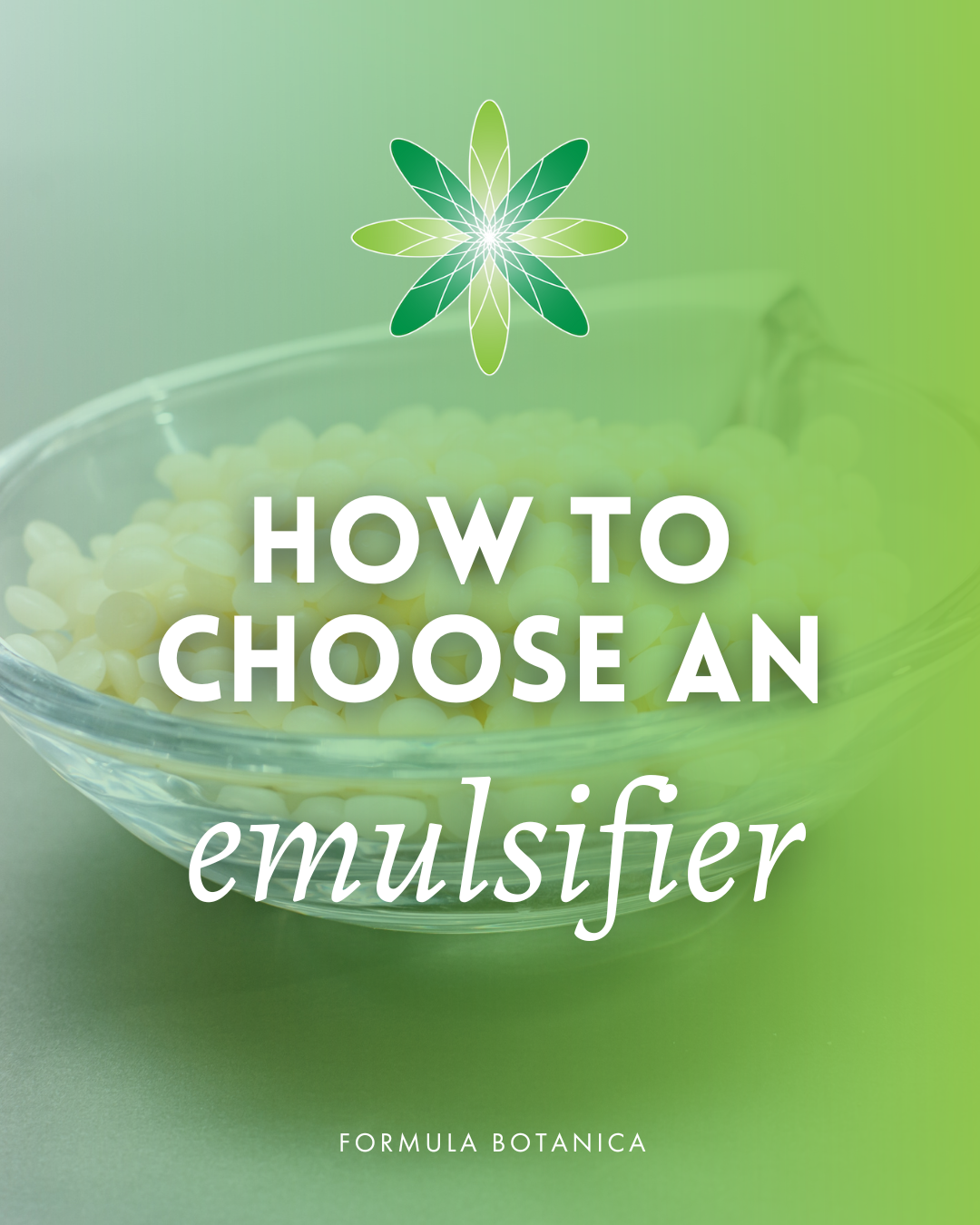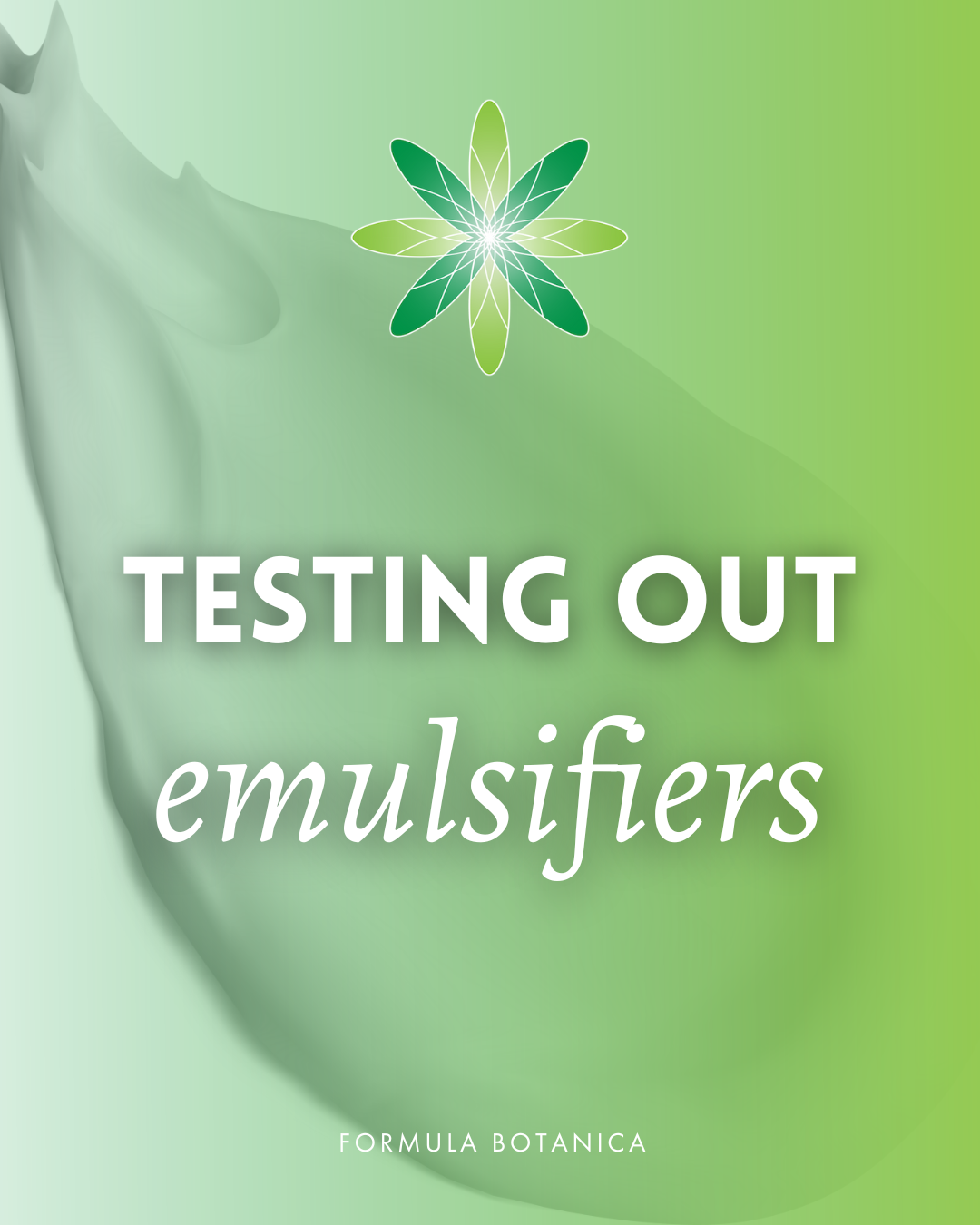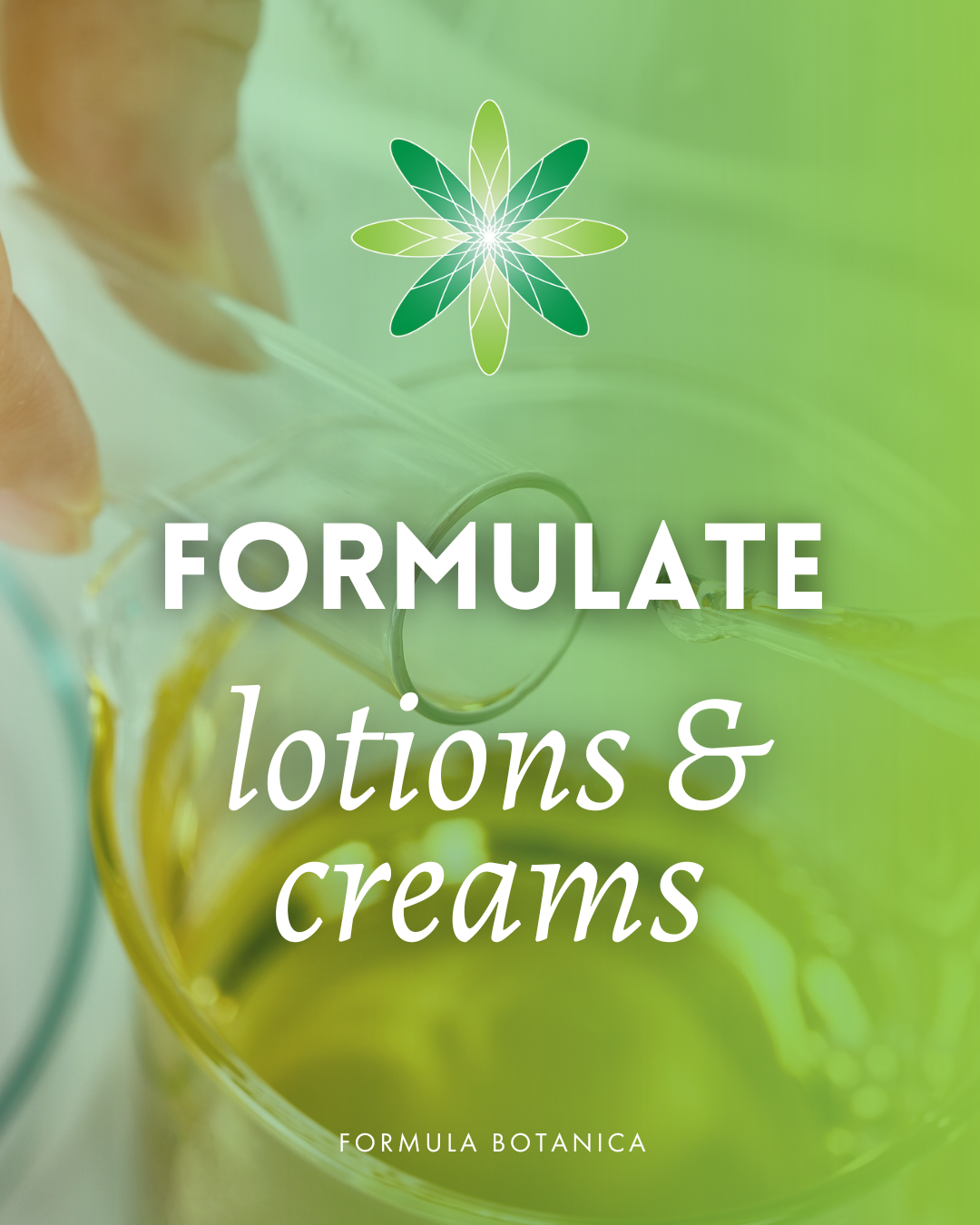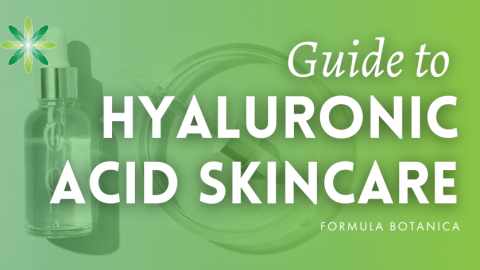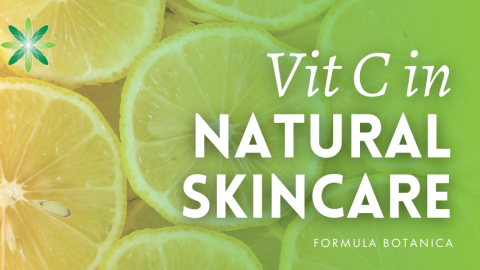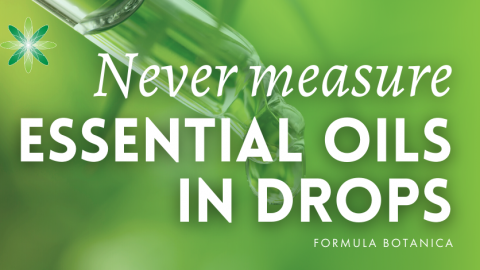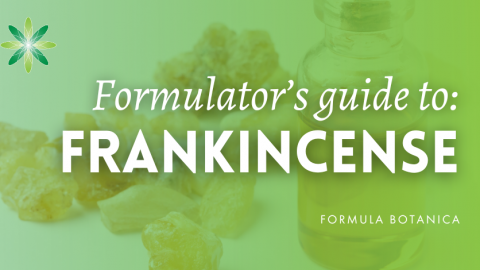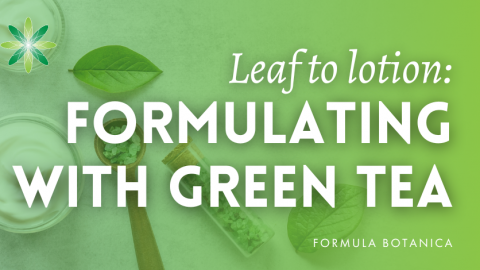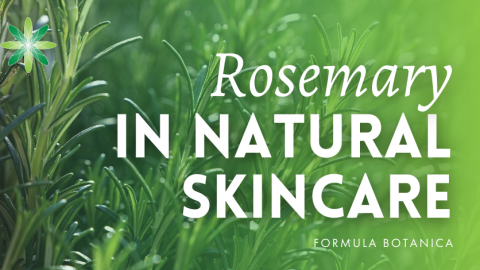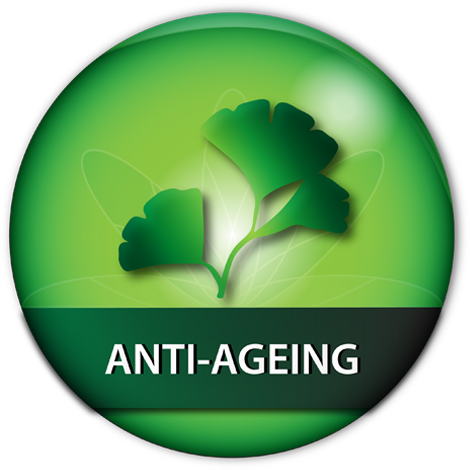Updated: 26.03.24
Natural emulsifiers are some of the trickiest ingredients to work with when you’re making clean, green and organic skincare or haircare formulations. We know, because we’ve been doing it for years! We’ve also been writing about natural emulsifiers for years, so this article summarises (and will continue to summarise) everything you’ve ever wanted to know about organic and natural emulsifiers.
What is an emulsifier?
An emulsion is a blend of water and oil, which is brought together by the use of an emulsifier to create a homogenous blend. There are many emulsifiers on the market that may be used by organic skincare and haircare formulators. They can be oil-in-water (O/W) or water-in-oil (W/O) emulsifiers, or they can be hot processed or cold processed.
How to choose the best organic & natural emulsifiers
An oil-in-water (O/W) emulsifier disperses fine droplets of oil through an aqueous base. These O/W emulsions tend to be more liquid, such as milk or a skin cleansing lotion. A water-in-oil (W/O) emulsion disperses ultra-fine droplets of water throughout the fatty base ingredients. These emulsions tend to be quite thick and greasy. We often see that many of our students at Formula Botanica prefer O/W emulsions possibly because they are similar to conventional lotions and creams.
Your choice of natural emulsifier is a personal preference, but you need to consider many other factors, such as those we cover in these guides:
Learn how to choose the best emulsifier for your organic cosmetic formulation – the key 17 points to consider before choosing an emulsifier. This is a must-read before you choose an emulsifier, and a resource to return to.
The difference between cold process, hot process and hot-cold process emulsions – the fundamental differences that determine how to choose the best natural emulsifier for the job.

Do you want to learn how to make organic skincare that works?
Our award-winning foundational natural skincare course teaches you how to formulate organic skincare products and launch the beauty brand of your dreams. Click Here
Which organic & natural emulsifiers should you use?
We’ve taken some of the hard work away from you and tested out a number of natural emulsifiers for you. As we trial more natural emulsifiers, we will add them to this list.
Learn how to make emulsions with these emulsifiers (click the links for demo formulations):
- Olivem 1000 (Cetearyl Olivate (and) Sorbitan Olivate) – this is the go-to for anyone starting out. Olivem 1000 is super easy to work with when you’re making oil-in-water emulsions. It is non-ionic and forms liquid crystal structures that help improve skin health by mimicking the skin’s natural lipid organisation.
- Vegetal / Montanov 68 (Cetearyl Alcohol and Cetearyl Glucoside) – this is another favourite for its ability to create smooth, non-soapy, oil-in-water emulsions. Like Olivem 1000, this non-ionic emulsifier forms liquid crystal structures that mimic the natural lipid arrangement in the skin’s outermost layer, improving the skin barrier.
- Xyliance (Cetearyl wheat straw glycosides and Cetearyl alcohol)
- Olivem 900 (Sorbitan Olivate)
Other emulsifiers we love working with include:
Ritamulse SCG / ECOMulse – Ritamulse SCG, also known as ECOMulse, stands out as an anionic, oil-in-water emulsifier. It’s celebrated for its ease of use and ability to create rich, thick emulsions. It has a high electrolyte tolerance and a unique powdery feel on the skin, making it a favourite for many formulators.
Polyaquol 2W – this is a non-ionic, oil-in-water, versatile emulsifier that is easy to use. It possesses a wide range of formulation compatibility while providing a unique skin feel to emulsions. It can be used to create emulsions with low viscosity or rich creams.
Montanov 202 – this is our palm-free option of emulsifier. It is a non-ionic emulsifier that creates oil-in-water emulsions and forms liquid crystal structures similar to the stratum corneum’s lipids, aiding in the enhancement of the skin barrier.
Many online DIY blogs and books will tell you that you can use beeswax as an emulsifier. We put their hypothesis to the test to once and for all demonstrate that beeswax cannot be used as a stand alone emulsifier.
Lotions and creams with natural emulsifiers
Try making these emulsion formulations to test out the emulsifiers above, as well as others:
- How to formulate a ceramide face cream – a cold-process method with PolyAquol™-VO4 emulsifier
- Make a simple hydrating body lotion – with Montanov 68
- Rich face cream Formulation – with Xyliance
- How to make an in-shower lotion – with Olivem 1000
- Organic sprayable body lotion – with Sucrose Stearate
- Natural cream cleanser – with PolyAquol 2W
- How to make a night cream with peptides – with Olivoil emulsifier
- How to make a vitamin C anti-ageing hand cream – with Plantasens HE20
Working with organic & natural emulsifiers
Heat-and-hold myth – if you follow online blogs or courses taught by online DIYers, then you might have learned how to use the ‘heat-and-hold’ method. This method is a myth and we recommend that you ignore everything you’ve read about it.
HLB or the hydrophilic-lipophilic balance – the HLB of a surfactant expresses the balance between the hydrophilic (water-loving) and the lipophilic (oil-loving) parts of an amphiphilic molecule (a molecule that has both lipophilic and hydrophilic parts).
Anyone who encourages you to calculate the HLB of your emulsifiers will be mainly used to working with synthetic emulsifiers and won’t necessarily understand the nuances of organic cosmetic formulating.
Learn why you should ignore the HLB method for natural and organic emulsions.
Oil-in-water or water-in-oil?
Theoretically, knowing the hydrophilic-lipophilic balance (HLB) of your chosen emulsifier should help you determine whether you’ve prepared a water-in-oil (W/O) or an oil-in-water (O/W) emulsion. We’re here to tell you that unfortunately the science is not always that simple. Depending on the emulsifier you choose, it is possible that you come to unexpected results and that your cosmetic emulsion is not what you think it is.
Learn how to test your emulsion to find out whether it is W/O or O/W.
Cosmetic stability and natural emulsifiers
One of the biggest challenges faced by formulators making emulsions is ensuring that those emulsions remain stable.
If your emulsion isn’t stable, then over time you may start to see the water and oil splitting from each other again. This process is called ‘phase separation’ and means that your beautiful lotion now looks a complete mess. Read up about stability issue and how to avoid them in our post:
Bonus Download: Emulsifiers – What to ask your suppliers
To help you select the right emulsifiers for your formulation projects, we’ve compiled this handy FAQ sheet with a list of questions to ask yourself and your supplier about emulsifiers. Once completed, you will have not only narrowed down your choice, but also have a great resource to refer back to. Don’t forget also to read our guide on the 17 points to consider before choosing an emulsifier. Download the Formula Botanica Emulsifier Fact Sheet to help get your journey into emulsifiers off to a sound start:
Want to learn how to make stable and safe organic and natural emulsions? Enrol for Formula Botanica’s Diploma in Organic Skincare Formulation.
FREE FOUNDATION COURSE
How to become an
Organic Skincare Formulator
FREE TRAINING
How to become an
Organic Skincare Entrepreneur
FREE TRAINING
How to become an
Organic Skincare Entrepreneur
Leave us a comment
Lorraine Dallmeier is a Biologist, Chartered Environmentalist and the CEO of Formula Botanica, the award-winning online organic cosmetic science school. Read more about Lorraine and the Formula Botanica Team.


